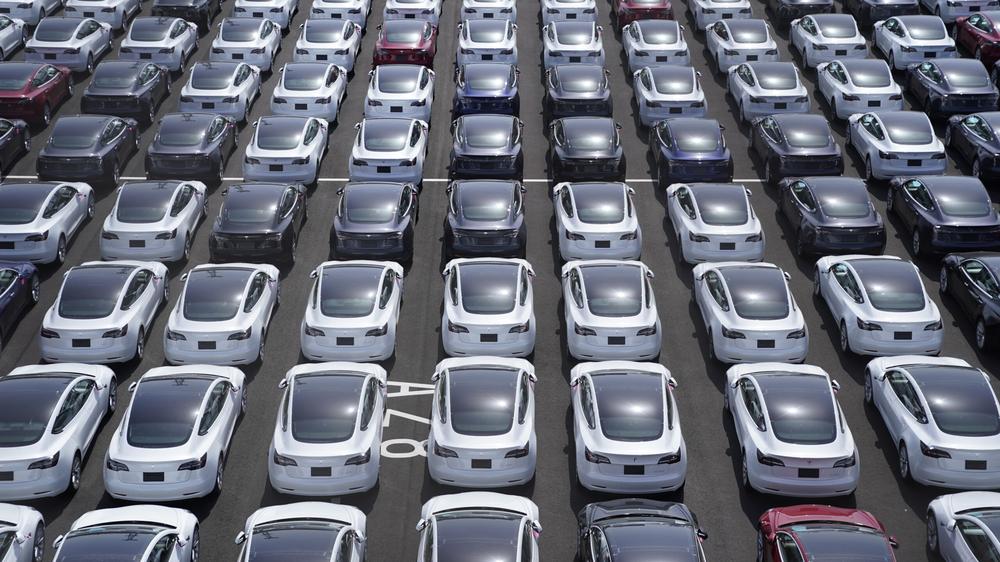Tesla posted its financial results for the second quarter of 2025 this afternoon. The numbers show yet another bad three months for the automaker. As competition in the EV marketplace has exploded, Tesla has increasingly been left behind, with a small and aging model lineup, before we even contemplate how CEO Elon Musk has tarnished what was once the hottest brand in the car world. Earlier this month, we learned that sales dropped by 13 percent year over year in Q2 2025; today, the financials show that automotive revenues fell even more, dropping 16 percent year over year to $16.7 billion.
Tesla’s battery business has been feeling the pain, too. For a while, this was a growth area for the company, albeit one with a relatively minor contribution to the bottom line. During Q2 2025, Tesla’s energy generation and storage division brought in $2.8 billion in revenue, a 7 percent decline from the same period in 2024.
Sales of Carbon credits—those government-issued permits that other automakers buy in order to pollute—shrank by more than half, to $490 million. Those other automakers are now selling EVs, at least most of them, and have less need to buy credits from Tesla. It’s likely this subsidy, which has kept the company out of the red in the past, will be even less of a contributor in the coming years as the US strips away environmental protections.
However, there has been growth in the company’s services and other revenue, which grew by 17 percent year over year to $3 billion as the Supercharger network opens up to EVs from other automakers. That helps, but only some—vehicle sales are too important to Tesla’s bottom line. Total automotive revenues fell by 12 percent year over year to $22.5 billion. Tesla’s operating margin fell by about a third to 4.1 percent, a far cry from the double-digit margins that helped send its share price so high.
Net profit dropped 16 percent to $1.2 billion, while the company spent slightly more on capital expenditures. However, its free cash flow fell by 89 percent to just $146 million. Tesla’s cash and investments are much rosier, growing by 20 percent year over year to $36.8 billion.
The company’s outlook contains no firm predictions on growth, or specifics on profitability, other than to say that over time it expects “hardware-related profits to be accompanied by an acceleration of AI, software and fleet-based profits.” The presentation to investors also claims that “initial production” of a more affordable model has begun, but with no other details—perhaps the stretched Model Y being prepared for China?

 Uber announced a new feature to match female riders with drivers who are women. So why are some men are getting so emotional about it?
Uber announced a new feature to match female riders with drivers who are women. So why are some men are getting so emotional about it?